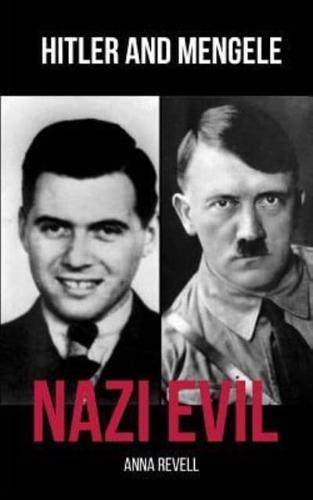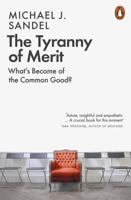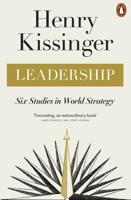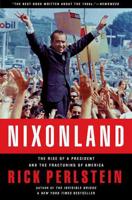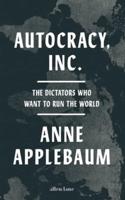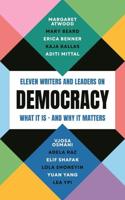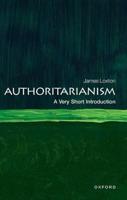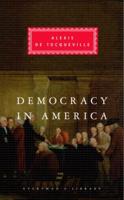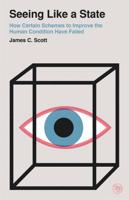Publisher's Synopsis
NAZI EVIL: Hitler and Mengele - 2 Books in 1
Featuring... *Hitler*Mengele
2 Great Books in 1!
Hitler
In 1908 a young man left the Academy ofFine Arts in Vienna. The 19 year old youth was bitterly disappointed. He had sought a place in that august institution, and had been rejected - for the second time. The young man's name was Adolf Hitler. He was the son of a customs official, Alois Hitler, a harsh, overbearing figure who beat him and with whom Adolf constantly fought. Alois died in 1903. Klara, Adolf's mother, was by contrast a kind and affectionate woman. When she died of breast cancer in 1908 he was inconsolable, having lost probably the only meaningful relationship in his life. Adolf left school in 1905 with dreams of being a painter. But the Academy had dismissed his application, citing his 'unfitness for painting.' Despondent and penniless, Adolf eked meagre living painting water colors in Vienna, often relying on soup kitchens vagrant shelters. His paintings have been described as competent, but certainly not outstanding. Hitler maintained his interest in art throughout his life. He painted in quiet moments during World War I In later years he would see art purely as an expression of the political will. These were the somewhat humble beginnings of history's most sickening mass murderer to date. The beginnings of the Fuhrer.
Mengele
Better known as the Angel of Death today Dr. Josef Mengele is best remembered for the series of grisly experiments and murders he carried out during the Holocaust. Born in 1911 to a wealthy family in Ulm in southern Germany the young Josef Mengele studied both medicine and philosophy at university, whilst there he became particularly interested in the field of eugenics. The science of eugenics was at the peak of its popularity during the early decades of the twentieth century. Mengele's interest in eugenics was developed further when, as a young practitioner, came under the guidance ofDr. von Verschuer, a prominent German eugenicist. During the following chapters, we shall look at how Germany's turbulent, racist and anti-Semitic society, which was particularly virulent in the post World War I Weimar Republic period, shaped the views of the young Josef Mengele. This ultimately led to him joining the Nazi party, an organization that held similar views to Mengele on the subject of eugenics. The Nazi party would also allow him free reign to conduct his ghastly experiments. He was allowed to carry out numerous unethical experiments primarily on twins, young children and those that the Nazi's had deemed undesirable.
